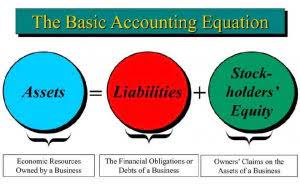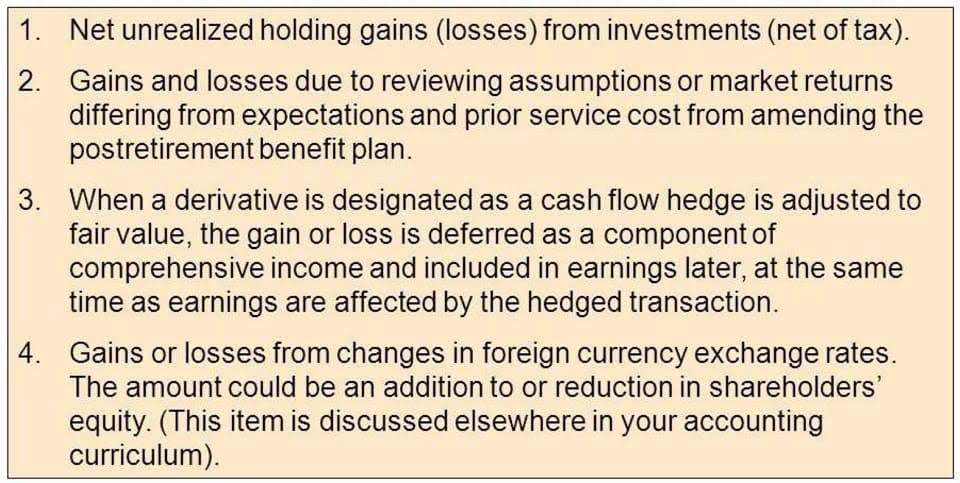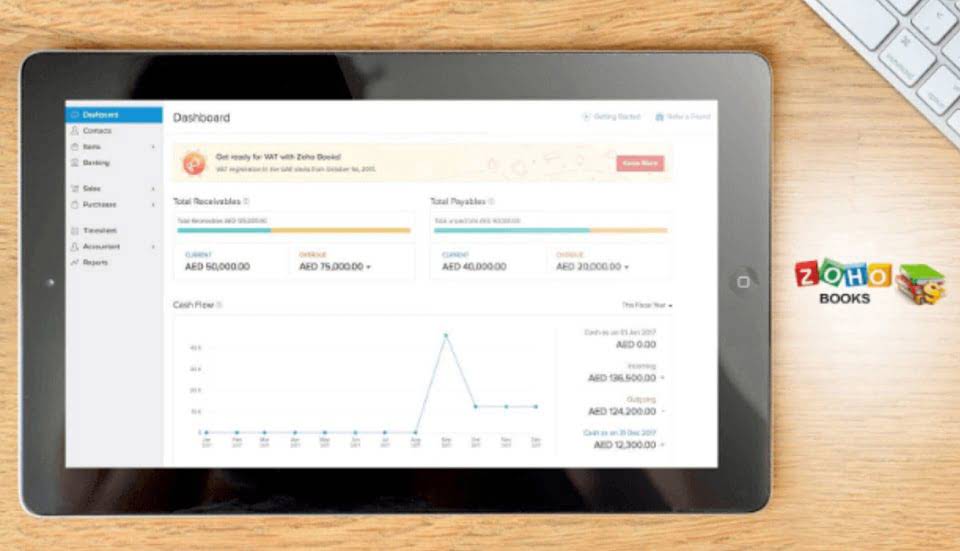
Calculating overtime pay for salaried employees can be a bit more complex than for hourly employees. Salaried employees receive a fixed salary, regardless of the number of hours they work. However, they might still be eligible for overtime pay under certain circumstances, especially if they are classified as non-exempt employees according to labor laws.

Set and enforce time clock regulations

For employees who are not covered how much is overtime pay under the Act, overtime pay is determined by the terms of their employment contract or the company’s policies. Yes, piece-rate pay can include different rates for different tasks. More complex or multi-step duties may be compensated at a higher rate than simpler tasks. Applying different rates to different types of tasks can complicate the payroll process, however.
What are outside sales duties?
- When calculating overtime, each workweek stands alone, so you cannot average the hours worked across two or more weeks.
- According to the FLSA, the formula for calculating overtime pay is the nonexempt employee’s regular rate of pay x 1.5 x overtime hours worked.
- The FLSA classes some employees as exempt from overtime pay rules, depending on the employee’s pay, whether they are paid on a salary or fee basis, and the duties they perform.
- Post your job ads, connect with top talents, and streamline your recruitment process with our easy-to-use platform.
- This basic calculation varies slightly depending on whether the employee is paid hourly wages or a salary.
That’s why keeping track of your employee’s hours of work in each pay period—as well as exemptions, double time, and state and federal laws—is critical. Recall that the FLSA overtime calculation factor is 1.5 times the regular rate of pay for nonexempt employees who work more than 40 hours per workweek. Employers can reduce their risk by adhering to each state’s overtime requirements. Overtime pay is additional compensation for employees who work beyond their contracted hours. In many countries, overtime rates are legally mandated and bookkeeping often higher than the employee’s regular hourly wage.

How to Calculate Overtime Pay For Hourly Employees

The role requires theoretical and practical application of highly specialized knowledge in computer work. Make it easier for production and supply staff to communicate their availability and time off with our software. Plan the right people at the right times and save valuable time and money in your store. Sandra Habiger is a Chartered Professional Accountant with a Bachelor’s Degree in Business Administration from the University of Washington. Sandra’s areas of focus include advising real estate agents, brokers, and investors.
- Once you’ve established the key information, you can begin computing the overtime pay.pay.
- The total compensation for this pay period will be the total earnings plus overtime pay.
- By following the guidelines in the Employment Act 1955 and keeping accurate records of working hours, employers can confirm employees are paid correctly and avoid any legal problems.
- Work hours in excess of an employee’s normal working hours can be considered overtime.
- Once you’ve implemented a framework for your payroll process, you’ll need to apply for a state tax ID and a federal Employer Identification Number (EIN).
- One of the best ways to control and lower overtime costs is to set and enforce time clock regulations.
- When working faster means more money, employees have a good reason to work as productively as possible.
- Calculating overtime for hourly employees is fairly simple—generally just one and a half times the regular hourly rate for work.
- Check out our state payroll directory and click on your state for more information.
- The Fair Labor Standards Act (FLSA), the federal law that sets minimum wage and overtime pay standards, does not mandate holiday pay beyond the standard rate of pay.
- The required minimum overtime pay rate is one and a half times the employee’s regular rate of pay.
For Riley’s next paycheck, the factory needs to account for this overtime and the 20 extra pieces Riley molded. Piece rate compensation can simplify the process of computing employee compensation. For example, a shipping company can easily calculate how Bookstime much a worker earns during a shift by multiplying the number of boxes delivered by the rate of payment per shipment. While time-rate systems compensate workers based on how long they work, piece-rate systems pay employees according to how much they produce.
Piece-rate pay: what it is, pros, cons, and how to calculate it

The Fair Labor Standards Act (FLSA), originally enacted in 1938, establishes various labor regulations, including overtime pay, minimum wage, and child labor laws. Under the FLSA requirements, non-exempt employees must receive overtime pay at not less than one and a half times their regular rate of pay for hours worked beyond 40 in a workweek. Understanding these requirements is crucial for employers to ensure they comply with legal obligations and treat employees fairly. Under the FLSA, overtime pay is additional compensation (i.e., premium pay) that employers must pay to nonexempt employees who work more than 40 hours in a workweek. As previously stated, the federal rate is time and one-half the regular rate of pay, however, states that have their own laws may require daily overtime payments or double time premium pay.
